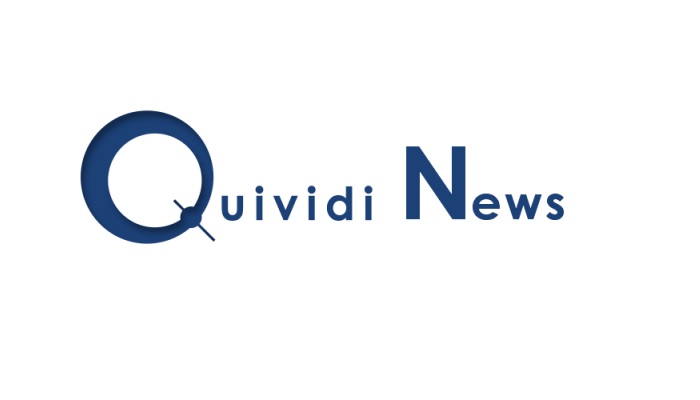 Quividi announces it has just introduced a new powerful reporting module in its online back-office solution, VidiCenter. This module lets customers receive regular reports, called Briefs, fully tailored to their needs and capable of advanced, automated data crunching.
Quividi announces it has just introduced a new powerful reporting module in its online back-office solution, VidiCenter. This module lets customers receive regular reports, called Briefs, fully tailored to their needs and capable of advanced, automated data crunching.
The VidiCenter customers have enjoyed since 2008 the most complete charting module dedicated to audience data on the market. They can consult dashboards grouping charts and tables, customize each of them with up to 300 types of charts and tens of charts options. With its structured workflow process, the new Briefs module goes several steps further since it now makes it possible to:
- define report templates whose branding, page layout and file format (Adobe PDF, Microsoft Excel, Microsoft Powerpoint, etc) exactly match the will of the customer;
- automate the generation and distribution of the reports based on the template, either on a regular basis (every week, month) or on demand;
- inject third party data or modeling information into the reports for correlation, extrapolation, layout of data on maps, etc.;
- compare data with earlier ones or with benchmark series;
- get a human reviewer to validate and comment data where needs be.
“We’ve listened to our most demanding customers for the design of this module”, says Olivier Duizabo, CEO. “With so much automation and customization now available in a few clicks, our customers are going to enjoy complete, yet affordable reports that will help them make the most of their audience and traffic data”.
The Briefs reports are available as an option to Quividi’s Starter Pack and Network Pack customers and could look like this example (PDF format).

